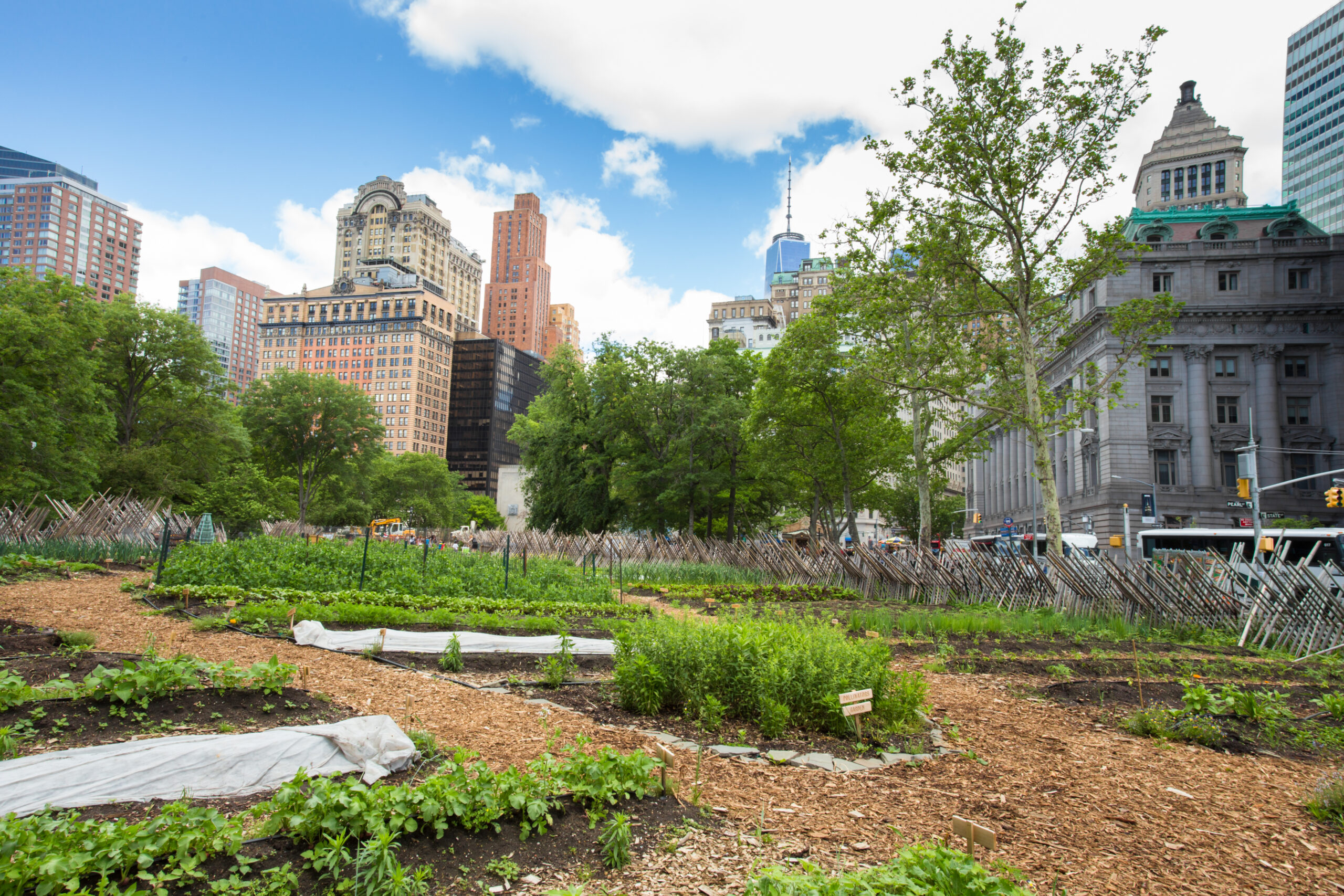What Does City Blooming Do?
What Does City Blooming Do?
Blog Article
Getting The City Blooming To Work
Table of ContentsThe 30-Second Trick For City BloomingThe Facts About City Blooming RevealedThe smart Trick of City Blooming That Nobody is Talking AboutNot known Details About City Blooming Getting The City Blooming To Work

Actually, as you stroll the streets of the Bronx, Southside Chicago or East Oakland, you might see have actually also seen big plots of ripening fruits and veggies being collected. Nonetheless, exactly what are metropolitan farms and area gardens? Are they different? If so, just how? And much more notably, just how can you sustain them? Urban agriculture, metropolitan farming, or metropolitan horticulture is the technique of growing, handling and dispersing food in or around metropolitan areas.
Generally, metropolitan farming as a practice is a bigger investment than horticulture. There are countless extra hours invested into the minutiae of farming, from the plant plan to the having a tendency of your beds. This time around dedication tackles an entire brand-new significance once you recognize the objective that is being worked in the direction of and dedicated, particularly that of obtaining a plentiful yield of plants to be consumed.
A neighborhood yard is a solitary tract gardened collectively by a team of individuals. Area gardens utilize either private or shared stories on exclusive or public land while generating fruit, vegetables, and/or plants grown for their eye-catching look. The standard model here is that a large team of people each contribute a reasonably little amount of time to working their own plot, and get the fruits of their labor consequently.
Not known Facts About City Blooming

, and community organizations by assisting them create and grow their very own yards. The distinctions between neighborhood garden and city farm are nuanced, though in the end the very same basic task takes placefood plant cultivation but within various organizational structures - sustainability.
Urban ranches are usually a lot more organization and technology oriented, with the main objective of taking full advantage of returns and selling produce. Commercial city ranches are often aimed at expanding production on generally little acreage with technologies in innovations such as tank farming, hydroponics, and greenhouses and may partner with a commercial kitchen to create locally-produced value-added products such as jams and sauces.
Facts About City Blooming Revealed
The produce is normally grown on a much smaller scale and is taken home to eat at home or to share. By providing much required green rooms in destitute, concrete city areas, they permit the benefits of backyard gardening to those doing not have backyards, and function as excellent examples of self-organization and area advocacy.
Some neighborhood gardens, often in urban areas, move into growing for commercial use while some urban farms open up their land for more socially conscious benefits. No matter of just how you specify and separate the 2, they are both favorable pressures for excellent in cities around America and the globe.
As all of Little Axe Peppers' hot sauces are sourced with peppers from area yards, your purchases directly aid fund these neighborhood projects (https://cityblooming3.wordpress.com/2024/06/27/city-gardening-cultivating-green-spaces-in-urban-jungles/). Take part in the change by.
A buddy of mine lately commented in a conversation about horticulture that "It's interesting, I have actually constantly believed that farming as a practice is somewhat like horticulture. There are comparable aspects to both don't you think?" To the layperson that remark from my close friend would have gone without much thought, it appears sensible so why not take it? As I invested even more and even more time in my Urban Farming course I have actually come to realize that to say that gardening is a tiny extension of agriculture would be a little bit of stretch.
City Blooming Fundamentals Explained
They both focus on the treatment of plants for some objective that can be food, revenue or just the satisfaction of the craft. Furthermore they both call for a financial financial investment in addition to a time investment, something that a whole lot of people in our quick paced life do not have a great deal of - sustainable gardening.
We can see that the resemblances are plentiful, however are the distinctions enough to produce a difference? As a pupil at NYU I have the possibility to deal with the leave It Much better Structure, a group that instructs basic nourishment and horticulture to senior high school pupils. https://my-store-faa5b0.creator-spring.com/. This experience provided me a comprehensive venture into the globe of amateur gardening past what most individuals have actually touched with
Farming as a technique is a bigger investment than horticulture. There are countless more hours invested right into the minutiae of farming, from the crop plan to the tending of your beds.
The average gardener deals with his obligations as a chore instead of a necessity and because of this differentiates his or herself from the this link farmer. With this distinction in hand, they are both soothing and relaxing workouts that anyone can pick up, which by itself must be a promotion for both.
City Blooming for Dummies
Something failed - landscaping. Wait a minute and try once again Attempt again
Report this page